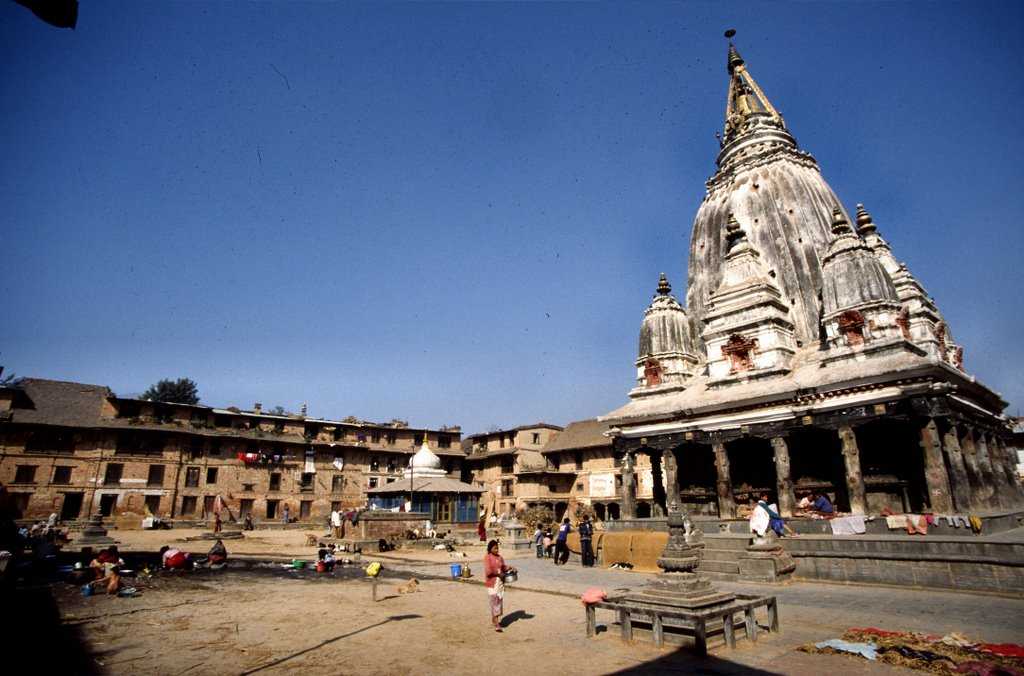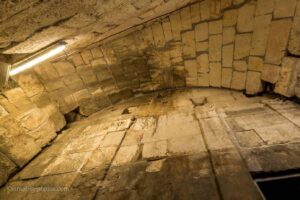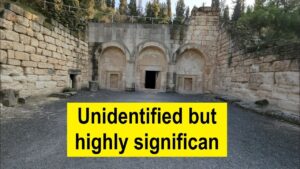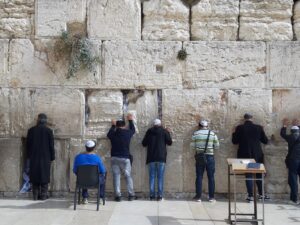Nestled in the lush Kathmandu Valley, Bungamati is a charming Newari village that offers a glimpse into Nepal’s rich cultural tapestry. Known for its traditional architecture, vibrant festivals, and skilled artisans, Bungamati is a must-visit for anyone looking to experience authentic Newari culture. This quaint village, just a short drive from Kathmandu, provides a peaceful escape from the bustling city life and a chance to step back in time.
What to See in Bungamati
Bungamati is renowned for its traditional Newari architecture, with beautifully carved wooden windows and doors adorning the homes and temples. The village is centered around the Rato Machhindranath Temple, dedicated to the rain god and an important pilgrimage site for both Hindus and Buddhists. The temple is a stunning example of Newari craftsmanship, with intricate woodwork and a pagoda-style roof.
As you wander through the narrow, cobblestone streets, you’ll encounter local artisans at work, particularly woodcarvers and sculptors. The village is famous for its woodcarving industry, and you can watch craftsmen create intricate pieces that are sold both locally and internationally. Don’t miss the opportunity to visit the local workshops and perhaps purchase a unique souvenir.
Bungamati is also home to several small museums and galleries that showcase the village’s rich history and culture. The Bungamati Museum offers insights into the traditional lifestyle of the Newari people, with exhibits on local customs, festivals, and daily life.
A Bit of History and Interesting Facts
Bungamati has a long and storied history, dating back to the 6th century. It is believed to be the birthplace of Rato Machhindranath, the rain god worshipped by both Hindus and Buddhists. The village has been a center of Newari culture and craftsmanship for centuries, with its artisans renowned for their skills in woodcarving, sculpture, and metalwork.
One of the most interesting aspects of Bungamati is its vibrant festivals. The Rato Machhindranath Jatra, held every 12 years, is a major event that attracts thousands of pilgrims and visitors. During this festival, a chariot carrying the deity is paraded through the streets of Bungamati and neighboring villages, accompanied by music, dance, and traditional rituals.
Another fascinating fact about Bungamati is its resilience. The village was heavily damaged during the 2015 earthquake, but the community has worked tirelessly to rebuild and restore its cultural heritage. Today, Bungamati stands as a testament to the strength and determination of its people.
Getting There and Tips for First-Time Visitors
Bungamati is located about 10 kilometers south of Kathmandu, making it an easy day trip from the city. The most convenient way to reach Bungamati is by hiring a taxi or private car, which takes around 30 minutes from the city center. Alternatively, you can take a local bus from the Lagankhel Bus Park in Patan, which is a more budget-friendly option but may take longer.
For first-time visitors, it’s important to dress modestly, as Bungamati is a traditional village with strong cultural values. Comfortable walking shoes are recommended, as you’ll be exploring the village on foot. Be sure to bring a camera to capture the stunning architecture and vibrant street scenes.
While in Bungamati, take the time to interact with the locals, who are known for their warm hospitality. Many villagers speak basic English and are happy to share stories about their culture and traditions. If you’re interested in learning more about Newari cuisine, consider joining a cooking class or sampling local dishes at one of the village eateries.
Bungamati offers a unique opportunity to experience the rich cultural heritage of the Newari people in a picturesque setting. Whether you’re interested in history, art, or simply soaking in the serene village atmosphere, Bungamati is a destination that promises to leave a lasting impression.








